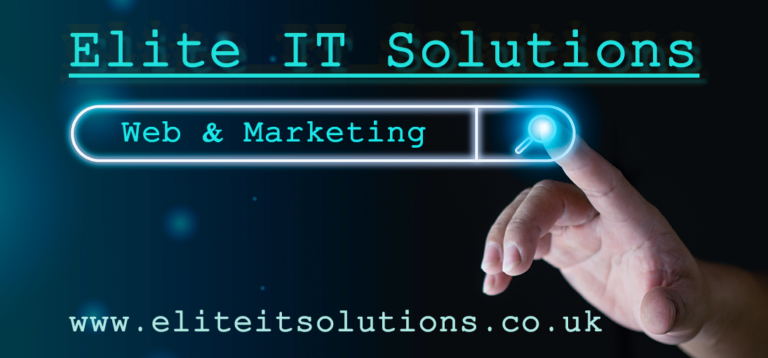In today’s digital age, businesses have numerous channels to grow their brand and reach their target audience. Two of the most common methods of growth are organic and paid. Organic growth refers to the process of building a loyal following through authentic and unpaid efforts, while paid growth involves investing in advertising or other promotional strategies to gain visibility and increase traffic. In this blog post, we’ll explore the differences between organic and paid growth, the benefits and drawbacks of each, and which approach may be best for your business.
Organic Growth
Organic growth is the process of attracting customers to your business without the use of paid advertising or other forms of promotion. Instead, it relies on creating high-quality content that is useful, engaging, and valuable to your target audience. Organic growth can be achieved through a variety of channels, including social media, email marketing, search engine optimization (SEO), and influencer marketing.
Benefits of Organic Growth
One of the biggest benefits of organic growth is that it can be highly effective at building long-term relationships with customers. By providing value and establishing trust with your audience, you can create a loyal following that will continue to support your business over time. Organic growth can also be more cost-effective than paid growth, as it does not require any financial investment other than time and effort.
Drawbacks of Organic Growth
However, organic growth can be a slow and unpredictable process. It can take time to build a following and see the benefits of your efforts, and there is no guarantee that your content will resonate with your target audience. Organic growth can also be more challenging in highly competitive industries or niches, where it may be difficult to stand out from the crowd.
Paid Growth
Paid growth refers to the use of advertising or other forms of promotion to increase visibility and attract customers to your business. Paid growth can take many forms, including social media advertising, Google Ads, display ads, influencer partnerships, and more. Paid growth can be a powerful way to drive traffic and increase sales, but it does require a financial investment.
Benefits of Paid Growth
One of the biggest benefits of paid growth is its speed and predictability. By investing in advertising, you can quickly reach a large audience and see immediate results. Paid growth can also be highly targeted, allowing you to reach specific demographics or audiences that may be difficult to reach through organic methods. Paid growth can also be highly scalable, allowing you to increase your investment as your business grows.
Drawbacks of Paid Growth
However, paid growth can be expensive, especially for businesses with limited budgets. Paid growth can also be less effective at building long-term relationships with customers, as it may not create the same level of trust and engagement as organic methods. Additionally, paid growth can be less effective in industries or niches where customers are highly discerning or skeptical of advertising.
Which Approach is Right for Your Business?
Ultimately, the choice between organic and paid growth will depend on your business goals, resources, and target audience. For businesses with limited budgets or those looking to build long-term relationships with their customers, organic growth may be the better choice. For businesses looking to quickly drive traffic and sales or those in highly competitive industries, paid growth may be the more effective option.
In conclusion, both organic and paid growth have their own unique benefits and drawbacks. By understanding the differences between these two approaches, businesses can make informed decisions about how to best allocate their resources and achieve their growth objectives.




